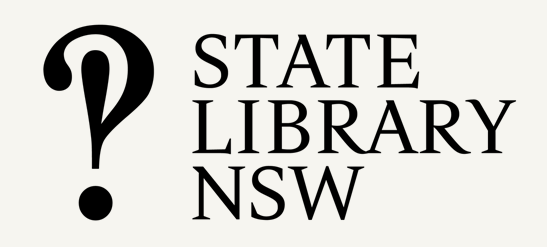Published January 2010; updated May 2023
Background
Using copyright works generally requires the existence of an appropriate legislated exception, or permission from the rights holder. Orphan works are in-copyright works where the creator (or rights holder) cannot be identified and/or located, which makes obtaining permission to use impossible. Orphan works cover all formats (analogue and digital) and, although generally thought of as older works, can include any work lacking sufficient information about the creator, including those with anonymous or pseudonymous authors. Works produced anonymously or under a pseudonym may be orphaned, but they do not become orphans by default.[1] Similarly, a refusal, or lack of response to a permission request, does not create an ‘orphan work.’
1. Identification of the creator/s of the work
The process of identification of the creator of a work will involve examination of the individual work, any accompanying works and donor files. If this process fails to produce a creator’s name, it is reasonable to treat the work as an orphan unless other conditions apply.
2. Identification of the rights holder/s
As the current rights holder may not be the original creator, this second step involves identifying who currently owns the rights. This may be the creator, however, it may equally be their employer (if the work was created as part of employment), a third party such as a publisher (if there is evidence of a transfer) or the creator’s heirs (in the case of their death). What constitutes a reasonably diligent search in this context will depend on factors such as the amount of information available about both the creator and the work, the age of the work, and the nature of the proposed use. At a minimum, institutional records and standard online sources should be consulted. For higher risk cases, consultation of specialist genealogical and reference sources may be appropriate. Where there is evidence that the work has been published, it may be appropriate to search for the publisher as well, for they may have acquired copyright.
3. Locating the copyright holder/s
What constitutes a reasonably diligent search effort to locate contact information for a rights holder will vary case by case. Factors to consider include whether or not the author was a professional or amateur, whether the name is common or not (e.g. John Smith), details associated with the right’s holder’s name (e.g. John Smith is identified as a professor in the field of geology), and whether the work was widely distributed (published) or not (unpublished).
4. Documenting the search
A key strategy in the minimisation of any risks associated with using an orphan work is to document the efforts to locate or identify the creator(s) and rights holders. This provides evidence that the search effort was conducted in reasonably diligent manner, and with good intent to locate the copyright holder should a rights holder comes forward in the future.
5. Publishing orphan works online
While Australian copyright does not provide any specific or general exception for orphan works, the flexible dealing exception of the Copyright Act 1968 (Cth), s200AB, is often a viable option for Australian libraries intending to digitise, publish or make publicly available online works identified as orphans, providing that a reasonably diligent search effort was used to determine orphan work status. Section 200AB applies where the use of the material is non-commercial, and does not harm the creator or damage the market for the work. Many orphan works were not created for commercial use and are therefore less likely to have a market value. This means their availability for use is much less likely to harm to a creator, and so their use is generally low risk for the institution.
When publishing orphan works or making them available online it is advisable to include information arising from the search process in the institution’s metadata framework. This information should identify that the work is by an unknown or untraced author and that use of the work accords with the requirements of s200AB of the Australian Copyright Act 1968. Additional public statements should be included to identify where to direct any information about the rights holder. Such strategies will also reduce the risk of the use under a risk management assessment.
6. When rights holders emerge
It is uncommon for rights holders to come forward in relation to materials identified as orphan. However, it is still important that institutions maintain clear policies for circumstances in which this does occur, including takedown processes. These may include, for example, disabling public access to material temporarily while rights in the material are established. However, it is also important to note that it is incumbent on the rights holder of a work previously judged to be an orphan to provide appropriate validation of their ownership. Upon evidence of a valid claim from a rights holder, the institution will work with the rights holder to ensure that appropriate recognition of their copyright and/or moral rights.
7. Preventing future orphans
Orphan works will continue to be a significant problem for libraries, and in the absence of legislative reform in this area, it is important to implement strategies to reduce the number of future orphans in library collections. Preventive measures include:
- Identifying and clearing rights, where possible, at the point of acquisition
- Creating metadata for digital objects
- Recording authors’ death dates in name authority files and biographies
- Using persistent electronic identifiers for digital objects
- Ensuring that authors and creators are credited in all types of publication
These procedural guidelines aim to provide guidance and industry standards to support the NSLA Position Statement on Reasonably Diligent Search for Orphan Works; they do not constitute legal advice.
Procedural guidelines for reasonably diligent search for orphan works
[1] For a work to be created anonymously, it means that the author is given as ‘Anonymous’ e.g. by Anonymous, as opposed to the absence of a name (including a pseudonym).









